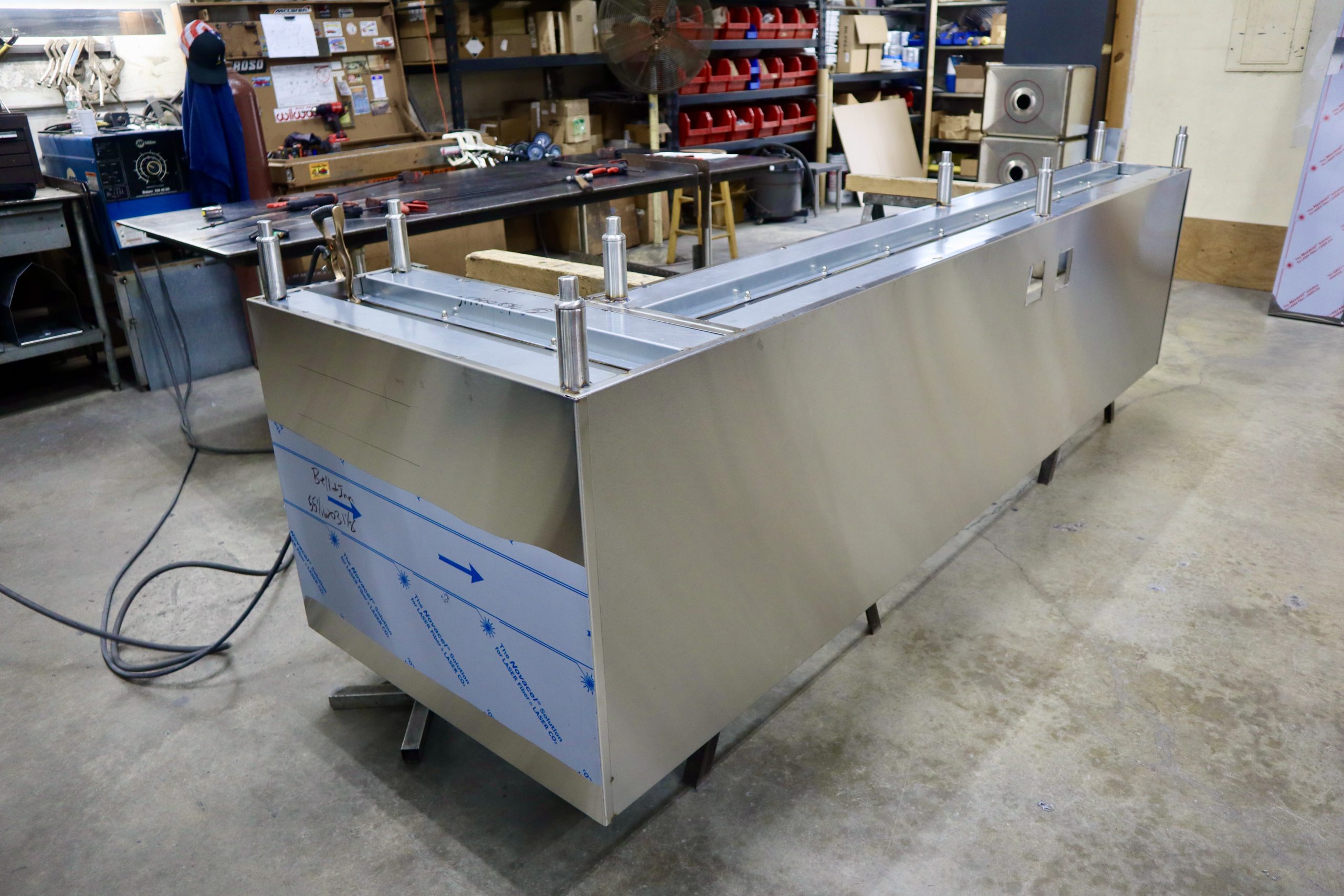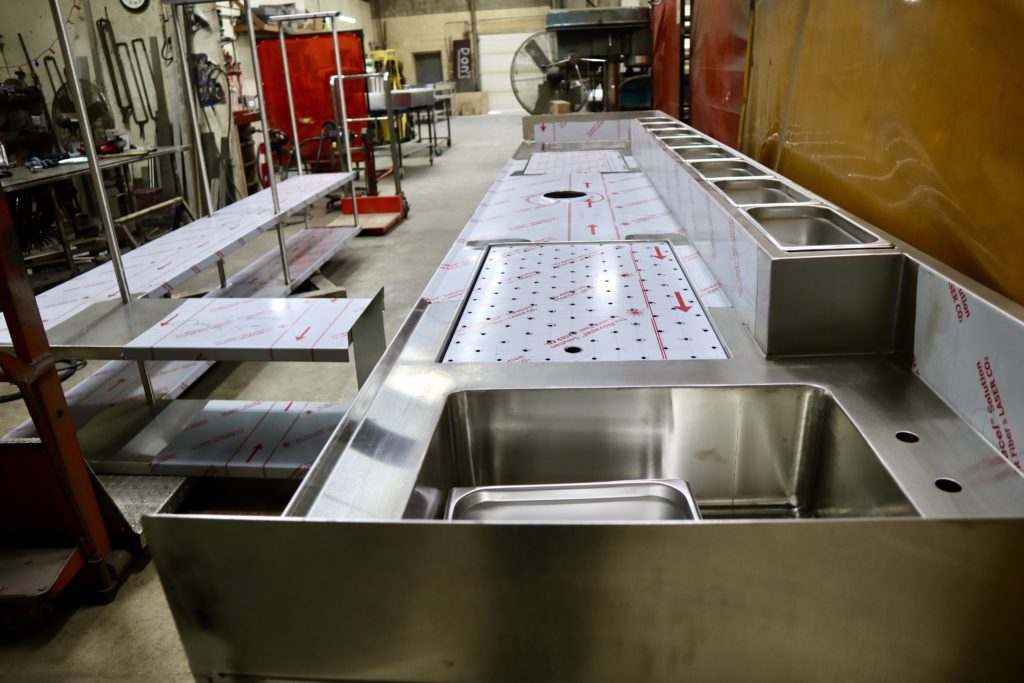
Custom steel fabrication is the process of creating metal structures, components, or products according to specific customer requirements. It involves transforming raw steel materials into finished products through cutting, bending, welding, and other fabrication techniques.
Here are the key steps involved in custom steel fabrication:
Design: The fabrication process begins with a detailed design or engineering drawing that outlines the specifications, dimensions, and other requirements of the desired steel product. This can be done by the customer or in collaboration with a fabrication specialist.
Material Selection: Based on the design and intended application, the appropriate type and grade of steel are chosen. Steel comes in various forms, such as sheets, plates, bars, and tubes, each suited for different purposes.
Cutting: Steel is cut into the required shapes and sizes using various methods like sawing, shearing, or plasma cutting. Computer-controlled cutting machines can precisely follow the design specifications.
Shaping and Forming: Steel may need to be shaped or formed to achieve the desired dimensions and contours. Techniques like bending, rolling, stamping, and pressing are employed to shape the steel accurately.
Welding: Welding is a crucial step in steel fabrication, where two or more metal pieces are joined together permanently. Skilled welders use various welding processes like MIG (Metal Inert Gas), TIG (Tungsten Inert Gas), or arc welding to create strong and durable connections.
Machining: In some cases, additional machining processes like drilling, milling, or turning may be required to create holes, threads, or precision features on the steel components.
Surface Treatment: Steel fabrication often involves applying surface treatments to enhance durability, appearance, or corrosion resistance. Common treatments include cleaning, grinding, sandblasting, priming, and painting.
Assembly: Once all individual components are fabricated and finished, they are assembled to create the final product. This may involve welding, bolting, or using other fastening methods to securely join the parts together.
Quality Assurance: Throughout the fabrication process, quality control measures are implemented to ensure that the finished product meets the specified standards and requirements. Inspections, measurements, and tests may be conducted at different stages to identify and address any defects or deviations.
Delivery: After completing the fabrication and quality checks, the custom steel product is prepared for delivery or installation at the customer’s location.
Custom steel fabrication is widely used in various industries, including construction, manufacturing, automotive, aerospace, and infrastructure development. It allows for the creation of unique, tailor-made steel structures or components that meet specific functional, aesthetic, or performance criteria.

